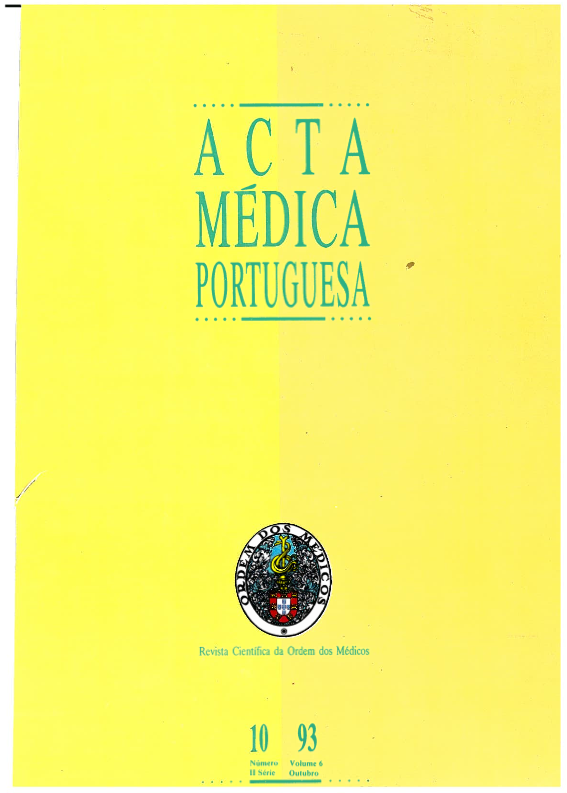Berger's disease in childhood. The clinical, laboratory and histological aspects. A collaborative multicenter study of the Pediatric Nephrology Section of the Portuguese Society of Pediatrics.
DOI:
https://doi.org/10.20344/amp.3147Abstract
After a multicentric questionnaire, a clinicopathological study was performed retrospectively in 35 children with Berger's Disease. The sex ratio was 2.8/1 (M/F) and the mean age of onset was 8.5 years. Gross hematuria was the presenting sign in all the patients, being isolated in 20 and associated with proteinuria in the others. 2.3 was mean number of episodes per year and they lasted from 1 to 4 days in 14 patients and from 5 to 15 in the remaining. In 32 patients the episodes were related to a previous respiratory infection and in the meantime 34 patients had persistent microscopic hematuria. Seric IgA was raised in 67% of the patients during the episodes and in 45% between them. The histopathological studies demonstrated, by immunofluorescence microscopy, besides mesangial deposits of IgA in all the patients, C3 deposits in 17, IgG in 9 and IgM in 5 and by optic microscopy 31 cases had mesangial hypercellularity (2 with crescents in less than 50% of the glomeruli) and 4 minimal lesions. None of the 35 patients developed renal failure (4.6 years mean follow-up).Downloads
Downloads
How to Cite
Issue
Section
License
All the articles published in the AMP are open access and comply with the requirements of funding agencies or academic institutions. The AMP is governed by the terms of the Creative Commons ‘Attribution – Non-Commercial Use - (CC-BY-NC)’ license, regarding the use by third parties.
It is the author’s responsibility to obtain approval for the reproduction of figures, tables, etc. from other publications.
Upon acceptance of an article for publication, the authors will be asked to complete the ICMJE “Copyright Liability and Copyright Sharing Statement “(http://www.actamedicaportuguesa.com/info/AMP-NormasPublicacao.pdf) and the “Declaration of Potential Conflicts of Interest” (http:// www.icmje.org/conflicts-of-interest). An e-mail will be sent to the corresponding author to acknowledge receipt of the manuscript.
After publication, the authors are authorised to make their articles available in repositories of their institutions of origin, as long as they always mention where they were published and according to the Creative Commons license.









